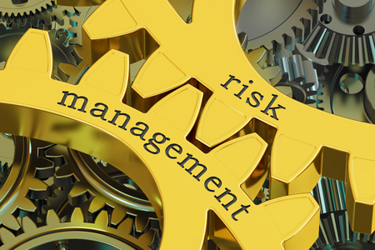Pathway To Success: How De-Risking Life Sciences Companies Leads To Investment Growth
By Pamela Vizanko

De-risking in clinical development is essential to optimizing trial success and ensuring regulatory approval. Strategic decision-making at critical points in a study’s lifecycle can minimize uncertainties, improve efficiency, and enhance the likelihood of achieving meaningful outcomes. By proactively identifying and addressing potential risks—ranging from protocol design flaws and patient recruitment challenges to regulatory hurdles and data integrity concerns—sponsors can mitigate costly delays and trial failures.
Effective de-risking strategies involve leveraging real-world data, predictive analytics, and adaptive trial designs to anticipate challenges and make informed decisions. Additionally, integrating robust risk management frameworks enables sponsors to navigate evolving regulatory expectations while maintaining patient safety and trial integrity. This piece explores key decision points that define the trajectory of a clinical trial. Whether refining inclusion criteria, selecting optimal endpoints, or implementing contingency plans, thoughtful decision-making at critical junctures can significantly impact trial success.
Get unlimited access to:
Enter your credentials below to log in. Not yet a member of Clinical Leader? Subscribe today.
